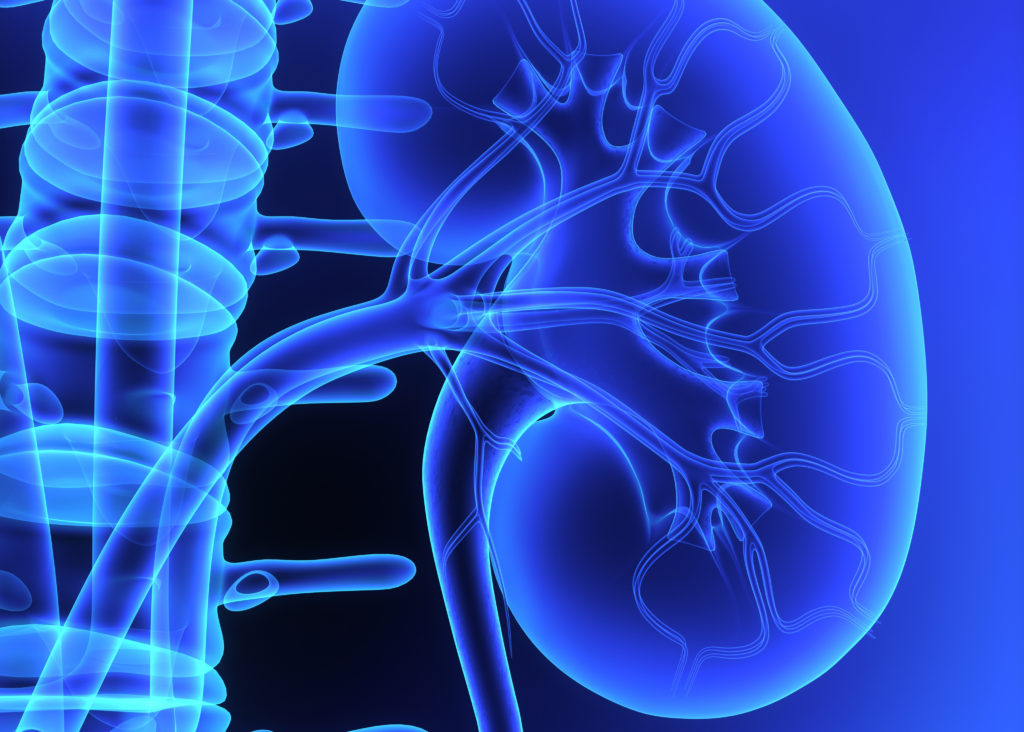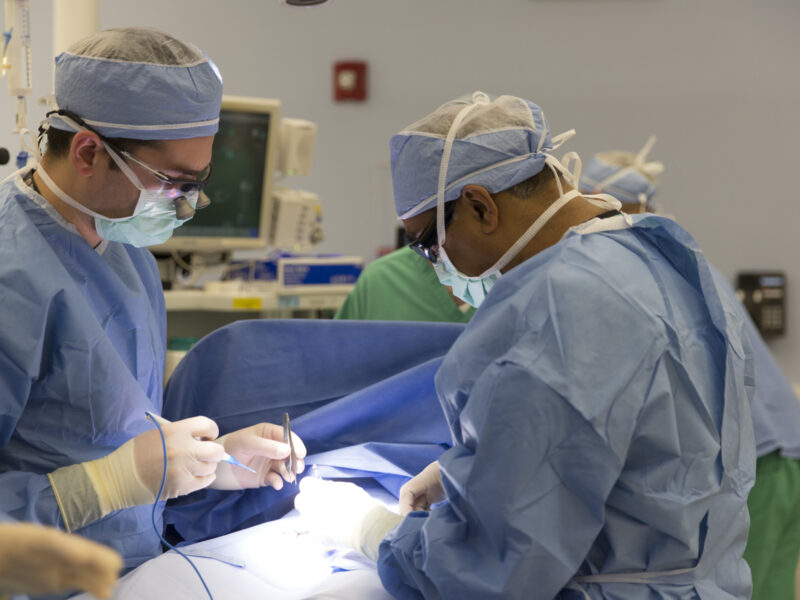An Imbalance of Immune Cells Leads to Kidney Scarring After Infection
An Imbalance of Immune Cells Leads to Kidney Scarring After Infection https://pediatricsnationwide.org/wp-content/uploads/2020/12/AdobeStock_76537088_cropped-1024x732.jpg 1024 732 Mary Bates, PhD Mary Bates, PhD https://secure.gravatar.com/avatar/c6233ca2b7754ab7c4c820e14eb518c8?s=96&d=mm&r=g- December 16, 2020
- Mary Bates, PhD

In a preclinical mouse model, researchers identify the immune cell balancing act that determines whether renal scarring will occur following kidney infection
More than half of urinary tract infections in children spread from the bladder to the kidneys, causing acute kidney infections that can lead to renal scarring. Renal scarring can have serious repercussions in some children, including hypertension and chronic kidney disease. However, there are currently no therapies to prevent renal scarring or ways of identifying those patients most at risk for developing renal scars.
In a new study, researchers at the Abigail Wexner Research Institute (AWRI) at Nationwide Children’s Hospital used a mouse model of kidney infection-mediated renal scarring to evaluate the contribution of two types of immune cells to the condition. Their findings provide experimental evidence for the specific contributions of neutrophils and monocyte-derived macrophages to infection clearance, renal scarring, and loss of kidney function.
Many studies show that neutrophils and macrophages are required for resistance to infections in the bladder, but the role of these immune cells in kidney infections and subsequent scarring was unknown. To elucidate the contributions of these cells, Juan de Dios Ruiz-Rosado, PhD, a post-doctoral researcher, alongside Santiago Partida-Sanchez, PhD, senior author of the study and principal investigator in the Center for Microbial Pathogenesis at AWRI, used a preclinical mouse model developed in the laboratory of Brian Becknell, MD, PhD, a pediatric nephrologist at Nationwide Children’s and principal investigator for the Center for Clinical and Translational Research at AWRI.
The animal subjects had a condition called vesicoureteral reflux (VUR), in which urine flows backwards from the bladder to the kidneys. They also developed renal scars when subjected to urinary tract infection, recapitulating what happens in human patients when they develop kidney infections leading to scarring.
“We were able to introduce a bacterial inoculum into the bladder, have that ascend to the kidneys due to the VUR and seed the kidneys with bacteria, thereby inducing infection and prompting the immune response,” says Dr. Becknell.
Dr. Ruiz-Rosado selectively depleted neutrophils or macrophages in these mice, and then evaluated the course of the infection and kidney scarring.
“Our findings demonstrate that neutrophils are critical to control the bacterial infection in the kidneys, while macrophages orchestrate a strong inflammatory response against the bacteria.” says Dr. Ruiz-Rosado.
Additionally, in animals without macrophages, inflammation and renal scarring were both reduced.
“We think there is a balancing act between neutrophils and macrophages within the kidney during infection,” says Dr. Becknell. “When we depleted neutrophils, we inadvertently tilted that balance so that there was an overwhelming macrophage response. This response is both inefficient at eradicating bacteria and also highly inflammatory, releasing a lot of mediators of inflammation that lead to kidney scars.”
The researchers suggest that inhibiting monocyte recruitment to the kidneys (where they become macrophages) might prevent inflammation and renal scarring in patients. One area of future research is testing different drugs that are known to inhibit macrophage migration aiming to reduce renal scarring in preclinical animal models and human patients. The researchers are also interested in developing tools to enhance the ability of neutrophils to fight kidney infection, as well as investigating whether commonly used antibiotics given to children with kidney infections or to prevent urinary tract infections, might also impact the balance between neutrophils and macrophages.
Dr. Ruiz-Rosado emphasizes that close collaboration between basic researchers like himself and Dr. Partida-Sanchez with clinicians like Dr. Becknell will allow further elucidation of these complex mechanisms and, eventually, produce insights that will help patients.
“Even if our research is in a preclinical model at this point, we are aiming for this population of patients,” he says. “Hopefully, in the near future we will be able to translate these findings into the clinic.”
Reference:
Ruiz-Rosado JD, Robledo-Avila F, Cortado H, Rangel-Moreno J, Justice SS, Yang C, Spencer JD, Becknell B, and Partida-Sanchez S. Neutrophil-macrophage imbalance drives the development of renal scarring during experimental pyelonephritis. Journal of the American Society of Nephrology. 2020;31(11): ASN.2020030362. Doi: 10.1681/ASN.2020030362.
Image credit: Adobe Stock
About the author
Mary a freelance science writer and blogger based in Boston. Her favorite topics include biology, psychology, neuroscience, ecology, and animal behavior. She has a BA in Biology-Psychology with a minor in English from Skidmore College in Saratoga Springs, NY, and a PhD from Brown University, where she researched bat echolocation and bullfrog chorusing.
-
Mary Bates, PhDhttps://pediatricsnationwide.org/author/mary-bates-phd/December 27, 2016
-
Mary Bates, PhDhttps://pediatricsnationwide.org/author/mary-bates-phd/
-
Mary Bates, PhDhttps://pediatricsnationwide.org/author/mary-bates-phd/
-
Mary Bates, PhDhttps://pediatricsnationwide.org/author/mary-bates-phd/
- Posted In:
- In Brief






